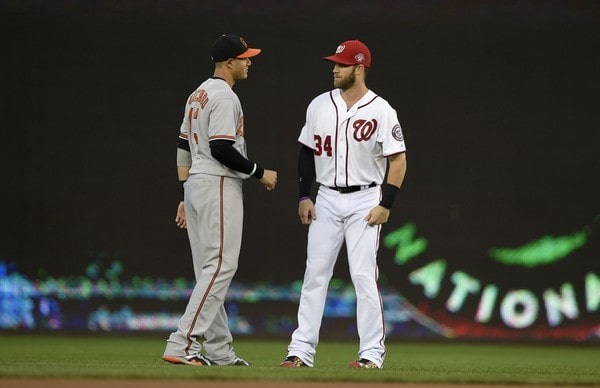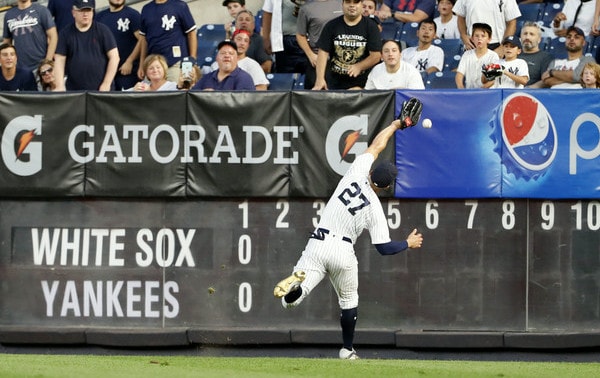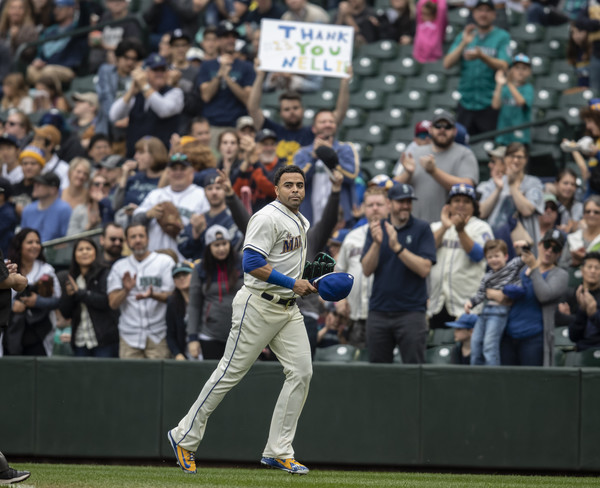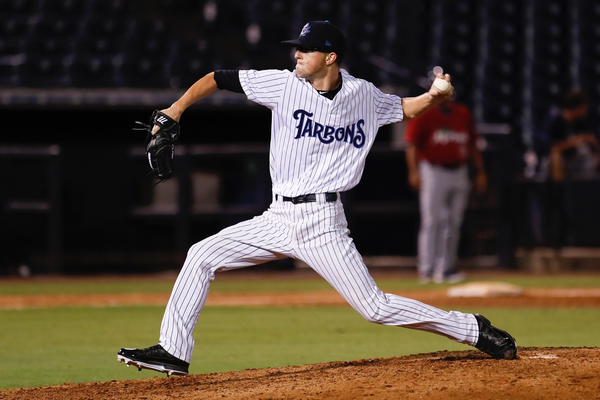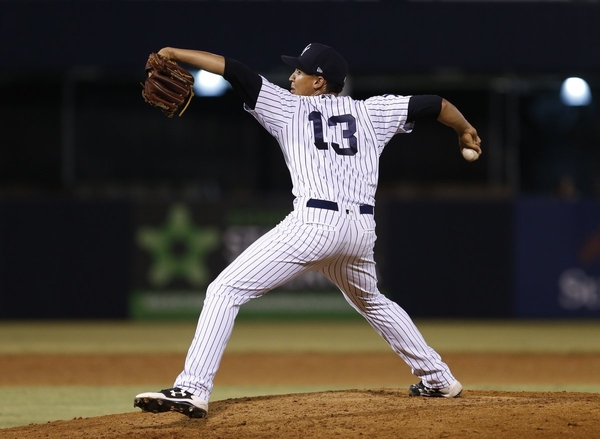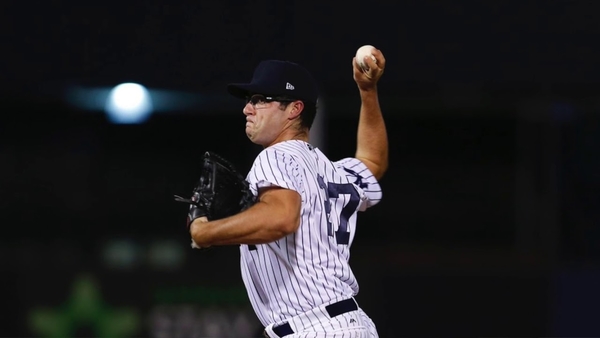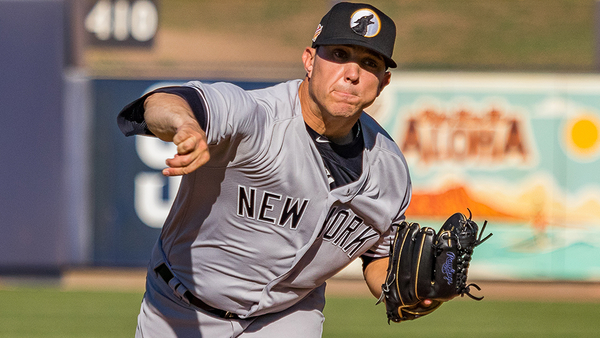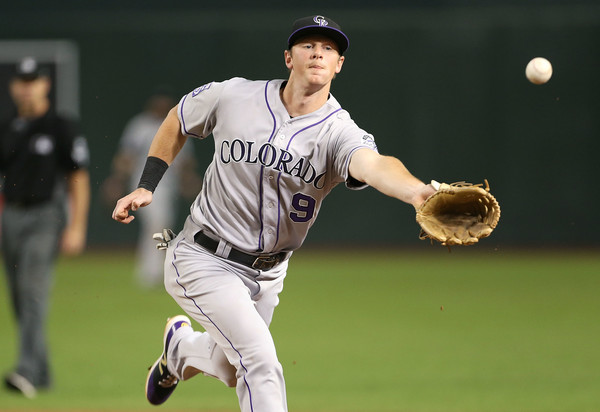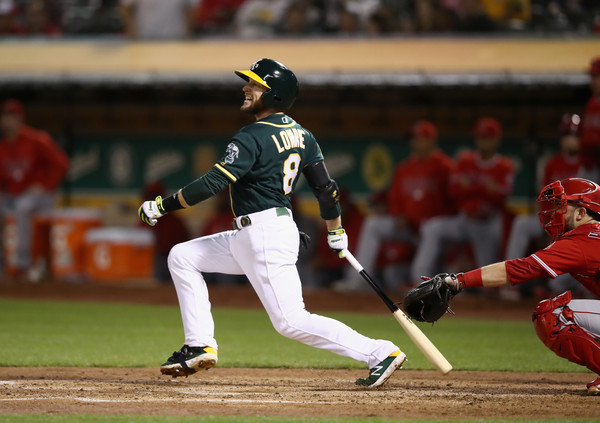
Five years ago, Troy Tulowitzki was the best shortstop in baseball. In 2014 he lead all shortstops in batting average, on-base percentage, slugging percentage, wRC+, and FanGraphs WAR; and he did so in just 375 PA, despite WAR being a counting stat. That represented the culmination of a six-year run in which he led all shortstops in wRC+ and WAR, while averaging just 113 games per season. So when the Rockies started shopping Tulowitzki in 2015, it was a big deal – even if he had difficulty staying healthy.
The package that the Blue Jays sent the Rockies in July of that year was not quite befitting of that level of talent, though. The Rockies acquired Jose Reyes, Jeff Hoffman (then a back-end of the top-hundred prospect), and two lottery ticket types. The combination of Tulowitzki’s injury history and remaining salary (a cool $100 MM when factoring in his $2 MM trade bonus) obviously cooled his market. And, with the benefit of hindsight, perhaps it wasn’t cool enough.
Tulowitzki ended up playing just 238 games for the Blue Jays, racking up 4.3 WAR along the way. Despite remaining in the organization for another fifteen months or so, Tulowitzki’s career with the team was effectively over after July 28, 2017, when he suffered ligament damage in his right ankle while running the bases. The recovery from that, as well as surgery to remove bone spurs from both heels, kept him out for all of 2018.
And now he’s a Yankee.
How did he look the last time he played?
The short answer: not good.
The slightly longer answer:
Tulowitzki was low-key good in 2016, slashing .254/.318/.443 (104 wRC+) and accumulating 3.0 WAR in 131 games. It was a far cry from his peak performance, but those are perfectly reasonable numbers for a starting shortstop (only eleven shortstops accumulated at least 3.0 WAR last year, for reference). The metrics still loved his defense, too, crediting him with 10 DRS and 5.7 UZR/150. Tulowitzki also had his token stint on the disabled list, missing twenty games with a right quadriceps strain.
And then he hit .249/.300/.378 (79 wRC+) in just 66 games in 2017, and hasn’t played since. His rate stats were almost universally career lows, and his -2.3 UZR/150 pegged him as a below-average (but not horrendous) defender. Put that all together, and you have a replacement-level player. And, again, he hasn’t played since then.
Is there a silver lining?
Not really. Tulowitzki’s barrel percentage, exit velocity, launch angle, and hard-hit percentage all cratered in 2017. Take a look:




To put it mildly, Tulowitzki earned every bit of his 79 wRC+ in 2017. He didn’t square pitches up, he wasn’t able to get underneath pitches, and he didn’t drive anything with any semblance of authority. The hope here would be to see something indicating that he got unlucky, but that’s simply not the case. Tulowitzki was a truly awful hitter in 2017.
I was hoping that I could pull out some selective endpoints to find some semblance of hope from 2017, given that he hit the disabled list with a pulled hamstring on April 22. However, he was hitting just .263/.295/.386 at that point in time, which isn’t all that far off from what he did the rest of the way. He showed intermittent flashes of goodness, to be sure – but they were few and far between.
What about his defense?
As I said above, Tulowitzki wasn’t necessarily bad with the glove in 2017. Defensive runs saved saw him as a scratch defender, and his -2.3 UZR/150 isn’t that far below-average. His arm strength has, according to most reports, never wavered, either. Factor in that he was playing with bone spurs in his heels for quite some time and spent much of the year with a bum hamstring, and everything starts to make sense. Based on all of this, I find myself optimistic that he can be a solid defender at short. I don’t think he’ll be great, or even good – but average defense at short is more than welcome.
What do the projections say?
- ZiPS – .234/.293/.374, 11 HR, 1 SB, 77 OPS+, 346 PA
- Steamer – .252/.311/.422, 9 HR, 1 SB, 98 wRC+, 245 PA
- PECOTA – .260/.329/.429, 8 HR, 0 SB, 99 DRC+ 243 PA
ZiPS is basically saying that 2017 is Tulowitzki’s current talent level, whereas Steamer and PECOTA see 2016 as more informative. I would be extremely happy with the latter, as that would mean that a league-average-ish shortstop is holding the fort down while Didi Gregorius recuperates. It’s not ideal, obviously, and I can’t help but feel that the Yankees could have done much better – but it’s not bad.
My Take
I was inclined to throw in a shrugging emoji here, but that seems a bit too dismissive. After all, Tulowitzki was one of the best players in baseball five years ago, an average regular three years ago, and his workouts were impressive enough to garner interest from eleven teams. And, at a league-minimum salary, the risk is non-existent. That’s a worthwhile risk.
So what do I expect from Tulowitzki? Against my better judgment, I think that we might just see something close to his 2016. Maybe his heels were hurting his bat more than his glove; maybe the year off will help him refocus his approach; and maybe the Yankees identified something fixable in his swing. Or, alternatively, maybe I’m just blinded by how great Tulowitzki used to be, and the intrigue of a Derek Jeter fanboy manning shortstop for the Yankees. Either way, I think there’s room for a smidge of optimism as long as you’re not expecting a 2014-esque resurgence.
